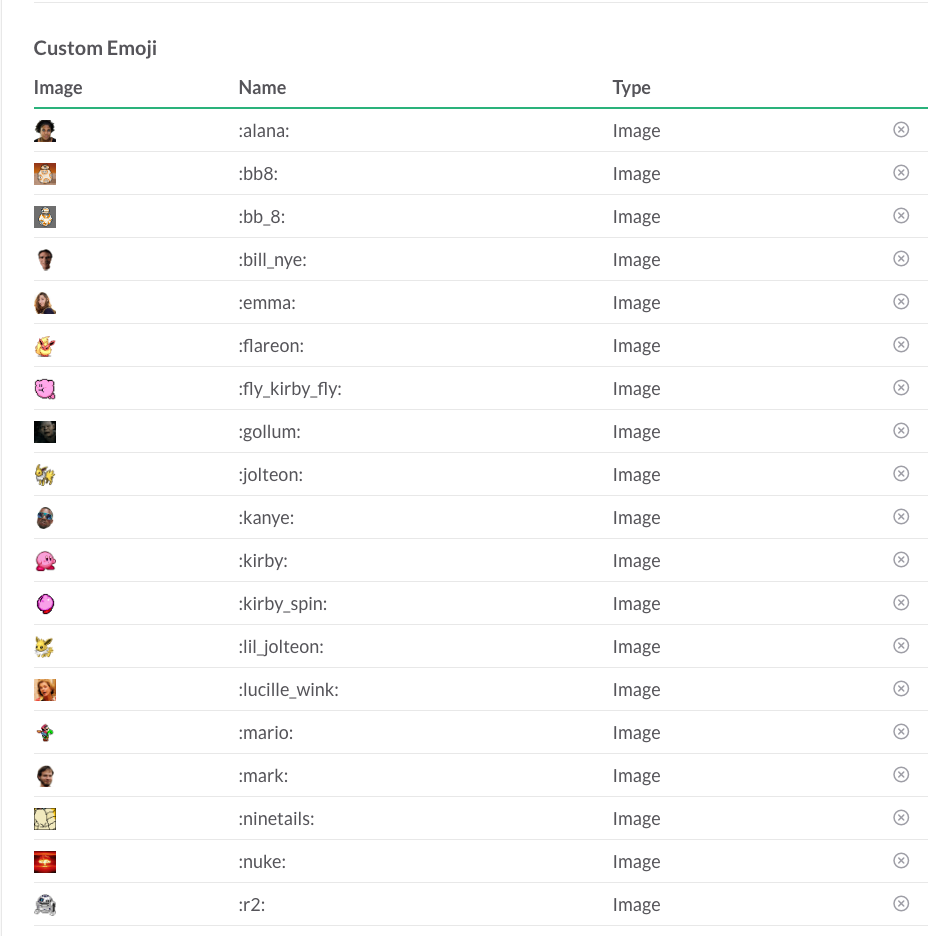
flickr photo shared by ReflectedSerendipity under a Creative Commons ( BY-SA ) license
Like everyone else it seems, we started using Slack at work. It’s been a while (maybe 6 months?) and I’ve had mixed feelings which seem to be echoed by the group so I thought I’d take a harder look at our use and at least sketch out my personal feelings about where it’s working for me and where I’m struggling. As you should expect, your mileage should vary. Do not trust me. I am an unreliable narrator. I may not even know what’s going on here. Umwelt and all that.
Workflow & Intent
On my end, I thought Slack was worth pursuing mainly because of archive and search. Workflow baby. I’ve had a number of jobs and it’s really ugly to come in somewhere and realize any documentation that exists is in email exchanges. Those emails may forwarded to you in bulk or individually as you request information or they could simply disappear. That’s pretty horrific and if the emails are between the person you replaced and a faculty member, it’s really easy to simply lose all that information. The archive is valuable and while formal documentation is important a chunk of this stuff ought to be available through organic means.
Given we’ve had a fair amount of attrition around here this is something we really need to be paying attention to. We have documentation but understanding how we got there or being able to see particular project details at some point in the future can be very valuable.
I’d hoped to see us use Slack in a way that made it easier to keep that communication and to organize communication around projects. That’d also give people the option to dip into channels just to see what was going on. I didn’t explicitly state that and that we took many of our previous communication patterns into Slack with us. Slack tells me that 67% of our messages have been direct messages. That isn’t going to help the communal archive but may be typical. I have no idea.
Attention
People have been frustrated with the number of channels and the difficulty determining which ones they should be paying attention to.
We have 22 active members and 40 channels with an average membership of about 10 people (median of 9). I broke down the channels and my perception is we have 18 that are non-work related (social things like music, gifs, running, photography etc.). 10 channels are tied to a fairly specific project. Of those 10, 5 are now completed. We have 2 channels which end up duplicating information we’re putting out elsewhere- ALT Lab’s Twitter and Diigo accounts. Diigo ends up doubling down as it goes out on Twitter as well.1 There are 10 channels that offer some sort of broad communication topic (announcements, webdev, conferences, copyright, etc.).
I’m now in 8 Slack teams so I’ve been playing with some ways to better direct my attention.2 One option is to set Slack to only show channels with unread messages. Slack also has some good keyboard navigation shortcuts. This might help other people.
Customize it
I think Slack starts to become more interesting when you spend some time and energy customizing it. We’ve done bits of that but really making it “of your group” starts to change it into something other than another IM/email-y thing. There are some opportunities to build functionality and embody the group’s culture in ways that are really hard or impossible in traditional communication options.
Integrations
There are lots of ways you can hook Slack into other systems and vice versa. We have some stuff set up but are currently limited to 7 or so because we’re using the free account. I think to make the platform worthwhile, we’ll need to move to the paid service to get the full archive and to add additional integrations.
Standing Meeting via Slack
Jon replaced our weekly standing meeting with a Geekbot checkin. It asks you a series of questions and posts the responses to a channel so people have an idea what’s going on across the office. It’s important that people realize this is public within the group. I did not despite being told.
To Do List
I installed todo. It lets you create personal and channel specific todo lists (with the option to assign people to particular items). I think I like it but I don’t know if anyone else has used it at all. It may be one of those things that appeals more to people who use /style-commands regularly outside of Slack.
Custom / Commands
I made one of these last night roughly following the tutorial here. Mine is nothing fancy, you type /rampages and it responds with Rampages is now at ?*15,986*? blogs and ?*15,366*? users. Is that not awesome? Go comment on some of their work. The data is live and it’s all driven by a simple PHP script. It reminds me a lot of WordPress shortcode in terms of the general construction/idea.
This is the place where you can make Slack something different. Seeing how Adam Croom and company integrated a help ticket system, how Tim and Jim check on domains, etc. start to give you a glimpse of how Slack can be integrated into diverse workflows. Slack can be an interface to do things and you can pass information back to Slack for archival and notification purposes. It’s important that I keep this in my head as we decide where we go from here.
Custom Emojis
We have some custom emojis that Mark setup before he left. It’s easy to do and could be fun but I’m betting most of our group is not aware they exist or that they can be added. Our whole communication strategy on using Slack could use some additional attention. This will also matter more for people who use emojis frequently. Our stats say we don’t do that a huge amount. Maybe it’s interrelated.

Custom Loading Messages
You can create custom messages that display when the Slack App starts up. Neither of these requires any technical skill but they do start to make the application/experience more personal and they can be fun.

Good information. As an adjunct at two universities (neither of which use Slack), it is interesting to gain your perspective. Maybe Slack will buy Blackboard! 🙂